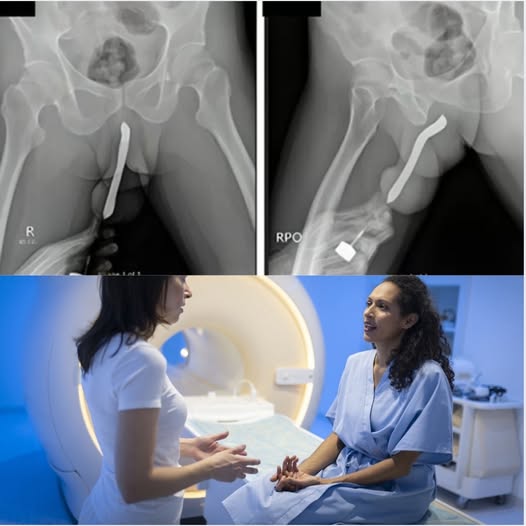A recent teen hospitalization after experimenting with a household object has sparked nationwide concern. While her privacy is protected, the case spread across parenting and health forums, raising questions about youth safety, social media influence, and the need for stronger guidance.
The Incident
The teenager’s curiosity led to an unsafe experiment that became a medical emergency. Quick medical care stabilized her condition, but doctors warn this reflects a broader issue: teens taking risks, often influenced by peers and online trends.
Why Teens Take Risks
Experts note that adolescent brain development makes teens more prone to:
- Curiosity-driven exploration
- Peer pressure
- Impulsive choices
- Influence from unsafe online content
This doesn’t mean teens are reckless, but that they need supportive guidance from adults.
Health and Safety Risks
Unsafe experiments can cause injuries, infections, long-term health issues, and emotional distress. These incidents are preventable with education, awareness, and open communication.
The Role of Social Media
Platforms amplify risky trends, rewarding attention over safety. Teens eager for recognition may join in without realizing the dangers. Parents, schools, and companies must work together to teach media literacy and encourage safe choices.
How Parents Can Help
- Encourage open, judgment-free conversations
- Explain real consequences
- Guide online habits
- Promote healthy outlets like sports or hobbies
- Seek professional help if unsafe behavior persists
A Shared Responsibility
Prevention requires effort from families, schools, healthcare providers, communities, and media platforms. Together, they can create safer environments and reduce risky behaviors.
Conclusion
This incident is both a warning and an opportunity. Curiosity is natural, but it must be guided toward safe exploration. With empathy, education, and collective action, society can help teens grow without unnecessary risks — turning moments of crisis into lessons for a safer future.
